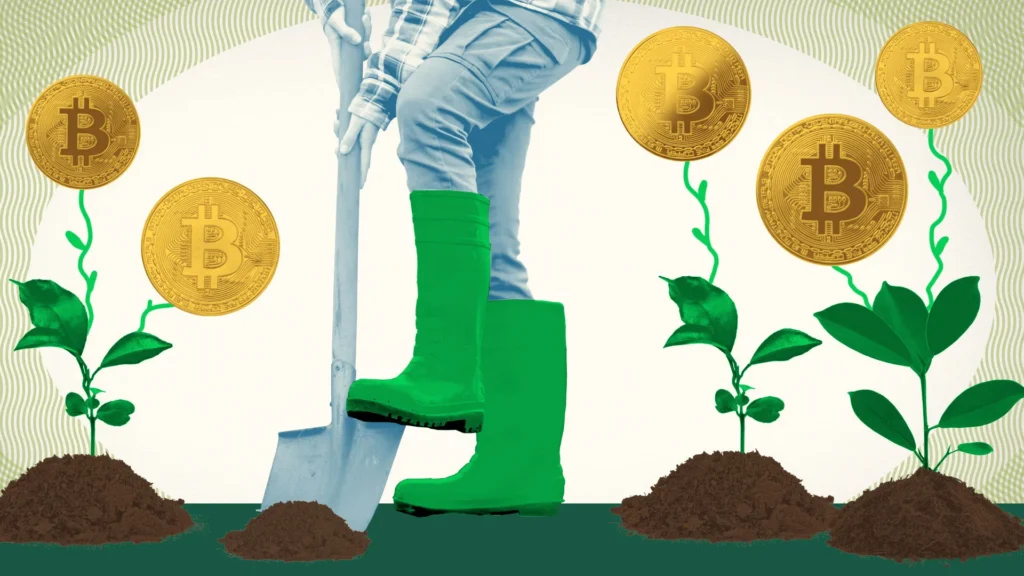Behind the APYs: A Deep Dive into the Hidden Risks and Real ROI of DeFi Yield Strategies
Introduction
At first glance, yield farming looks like the ultimate passive-income machine. Earning 30%, 50%, or even 100% APY just by depositing crypto into a pool? Who wouldn’t jump at that? But scratch beneath the surface, and you’ll discover a complex world of hidden fees, compounding risks, and misleading incentives.
In this guide, we’ll strip away the marketing hype and reveal the true cost of yield farming — and why smart investors think twice before chasing eye-popping returns.
1. Impermanent Loss: The Hidden Price of Providing Liquidity
Impermanent loss happens when the value of your deposited tokens diverges, causing you to earn less than if you simply held the tokens. It’s “impermanent” only if prices revert — but in volatile markets, that rarely happens.
🔍 Example: Providing ETH/USDT in a pool might seem stable, but if ETH surges, you miss out on gains because the pool rebalances your ETH into more USDT.
Pro tip: Use tools like Impermanent Loss Calculators to assess risk before you jump in.
2. Smart Contract Risk: The Code Is the Law (And That’s Risky)
Yield farming relies on smart contracts. If there’s a bug or exploit, your funds could vanish. Unlike banks, there’s no insurance — and no phone number to call.
Even “audited” protocols can be compromised (see: Cream Finance, Harvest, BadgerDAO).
Trade with trusted platforms like Binance that offer DeFi access with added security layers and robust vetting processes.
3. Gas Fees: The Bleeding Edge of Profitability
Every transaction (staking, unstaking, claiming rewards) costs gas — especially on Ethereum.
If your investment is small, gas fees may eat your profits or even push you into losses.
Solution: Opt for yield farming on L2s (e.g., Arbitrum, Optimism) or alt L1s with lower gas fees.
4. Token Inflation: Are You Really Earning?
Many platforms pay rewards in their own native tokens. The more tokens are distributed, the more diluted the value becomes.
You might be earning 100% APY, but if the token drops 90% in value, you’re down bad.
Always check the tokenomics and emission schedule. If supply is growing faster than demand, it’s a red flag.
5. Ponzinomics and Exit Liquidity
Sadly, many DeFi protocols are glorified Ponzi schemes — relying on new users to fund rewards for old ones. When the hype fades, liquidity dries up, and early participants exit, the platform collapses.
Red flags include:
- Sky-high, unsustainable APYs
- Complex reward mechanisms
- Lack of real utility
✅ Stick with protocols backed by reputable infrastructure like Ledger for self-custody, so your earnings stay safe even if the protocol fails.
6. Taxes: The Income You Forgot to Report
Every time you claim, swap, or reinvest — it could be a taxable event, depending on your country. Many yield farmers don’t realize they’re stacking up tax liabilities.
Read also: Crypto Taxes Explained (2025 Edition)
Failure to report earnings can bring penalties and audits. Use crypto tax software, and always stay ahead of your reporting obligations.
7. The Psychological Cost: Overtrading and Stress
FOMO. Token price crashes. Rewards changing daily. Yield farming often leads to obsessive monitoring, fear-based decisions, and financial anxiety.
Instead of true passive income, it becomes a second job.
Conclusion: The Real ROI Isn’t Just Numbers
The invisible costs of yield farming — impermanent loss, gas, smart contract risk, token inflation, and mental strain — can far outweigh advertised returns.
That doesn’t mean yield farming is bad. It means you need to be strategic, not greedy.
✅ Stick to reputable protocols
✅ Use cold storage like Ledger
✅ Start small and calculate real ROI, not just APY
✅ Consider passive alternatives like Binance Auto-Invest if you prefer low-touch strategies



